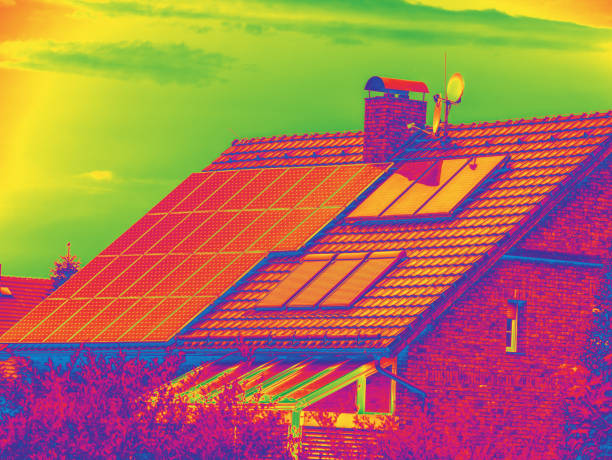"Invisible Solar Panels: Transforming Urban Architecture and Power Generation"
Invisible solar panels could be the next big leap in renewable energy and urban design. This emerging technology, which effectively turns windows into power generators, could potentially revolutionize how buildings produce and consume energy. Let's dive deeper into this fascinating development.

The Pioneering Era of Solar Power
Solar energy has been a leading force in the renewable energy sector for several decades. The first photovoltaic cell was created in the mid-20th century, and since then, the technology has undergone significant advancements. However, conventional solar panels have their limitations, including their aesthetic appearance and the space they require. This is where invisible solar panels come in.
Invisible Solar Panels: A Paradigm Shift in Power Generation
The concept of invisible solar panels, or transparent solar panels, has been under research for several years. This innovative technology uses organic molecules to absorb infrared and ultraviolet light, while allowing visible light to pass through. The absorbed light is then converted into electricity. This breakthrough not only addresses space constraints but also opens up a wide range of applications, particularly in urban architecture.
Current Developments and Updates
Recently, a team of researchers from South Korea made a significant breakthrough in the field. Their prototype, a transparent solar cell, demonstrated a power conversion efficiency of 8.1%, a substantial improvement over previous models. While there is still work to be done to increase efficiency and durability, these advances bring us a step closer to making this technology a reality.
Market Impact and Estimated Price
While it’s still too early to estimate the exact cost of invisible solar panels, experts predict that the technology could be cost-competitive with traditional solar panels. Furthermore, the potential market impact is enormous. As we move towards more sustainable energy solutions, invisible solar panels could play a pivotal role in reducing carbon emissions and addressing energy scarcity in densely populated urban areas.
Balancing Technological Depth and Accessibility
The concept of invisible solar panels may seem complex, but at its core, it’s about harnessing the power of the sun in a more efficient and visually pleasing way. As we continue to push the boundaries of renewable energy, it’s essential to remember the ultimate goal: creating a sustainable, carbon-neutral future.
Invisible solar panels represent a significant leap forward in the ongoing quest for renewable energy. While there are still hurdles to overcome, the potential benefits far outweigh the challenges. This transformative technology could redefine urban architecture and power generation, offering a practical and aesthetically pleasing solution to our growing energy needs.



